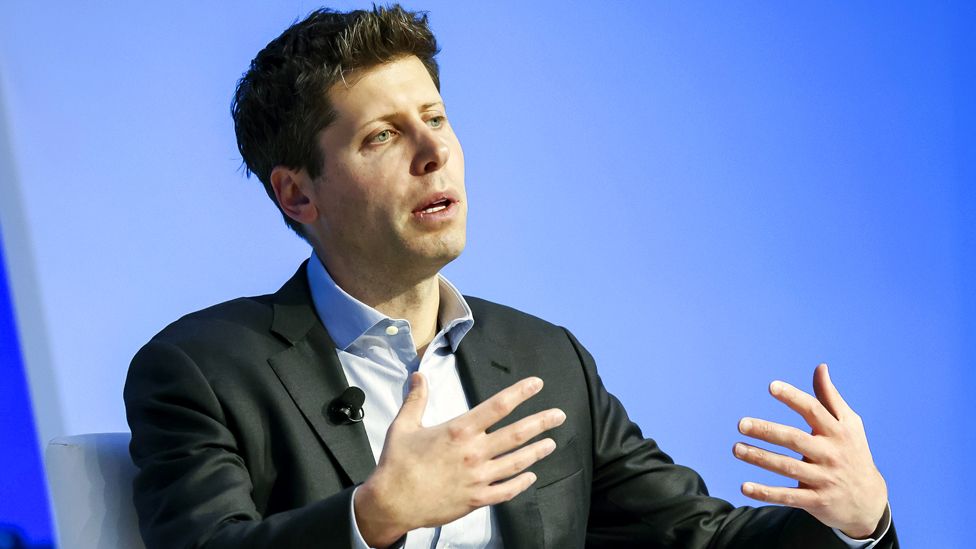Highlights
- Sam Altman reinstated as OpenAI CEO, ending a period of high-level turmoil.
- Formation of a new initial board with Bret Taylor as Chair and other key members.
- Employee dissent and lack of transparency over Altman’s firing influenced the resolution.
- New board to establish a formal governance structure, with Microsoft likely to join.
In a dramatic turn of events, Sam Altman has been reinstated as CEO of OpenAI, marking the end of a tumultuous period that saw the company grapple with significant boardroom upheaval.
This reinstatement comes after a series of rapid leadership changes and internal discord.
The resolution of this corporate saga was announced late Tuesday, with OpenAI confirming an “agreement in principle” for Altman’s return.
Accompanying this shift is the formation of a new initial board, consisting of Bret Taylor as Chair, alongside Larry Summers and Adam D’Angelo.
D’Angelo’s continuation from the previous board ensures representation from the earlier governance structure.
This agreement, still subject to finalization, emerged amidst a backdrop of intense internal challenges.
The company had experienced a rapid succession of leadership changes, cycling through two interim CEOs in just three days, in an effort to navigate the crisis following Altman’s initial dismissal.
We have reached an agreement in principle for Sam Altman to return to OpenAI as CEO with a new initial board of Bret Taylor (Chair), Larry Summers, and Adam D’Angelo.
We are collaborating to figure out the details. Thank you so much for your patience through this.
— OpenAI (@OpenAI) November 22, 2023
The situation reached a peak when employees expressed strong dissent, with threats of mass defection to Microsoft, aligning with Altman and co-founder Greg Brockman.
This internal pressure, coupled with Brockman’s resignation in protest, added to the turmoil within OpenAI.
Critical to the unfolding of these events was the board’s lack of public explanation for Altman’s firing.
This opacity drew threats of legal action from investors and heightened internal tensions.
The turning point came when interim CEO Emmett Shear, appointed by the board, demanded documentation or evidence justifying Altman’s dismissal.

This request reportedly catalyzed the board’s decision to re-enter negotiations for Altman’s return.
In tandem with these boardroom dynamics, key figures in the tech industry, including Microsoft CEO Satya Nadella, publicly addressed the situation.
The new initial board’s primary task is now to vet and establish a formal board, comprising up to nine members, tasked with resetting the governance structure of OpenAI.
Microsoft, a key stakeholder, is expected to secure a seat on this expanded board, alongside Altman himself.
FAQs
What led to Sam Altman’s reinstatement as CEO of OpenAI?
Altman’s reinstatement followed a phase of internal discord and rapid leadership changes, climaxing with employee dissent and a demand for transparency about his initial firing. These factors pushed the board to reconsider their decision and bring Altman back.
Who are the members of the new initial board of OpenAI?
The new initial board comprises Bret Taylor as Chair, Larry Summers, and Adam D’Angelo. D’Angelo’s presence ensures continuity from the previous board, aiming to stabilize the company’s governance.
What role did employee reactions play in the board’s decision?
Employee reactions were crucial. The threat of mass defection to Microsoft and solidarity with Altman and Brockman significantly pressured the board, contributing to the reversal of their decision to fire Altman.
Also Read: Sam Altman Fired as CEO of OpenAI in Unexpected Leadership Shift
Also Read: Indian Teen Prodigies Land $2.3 Million Investment from OpenAI’s Sam Altman
